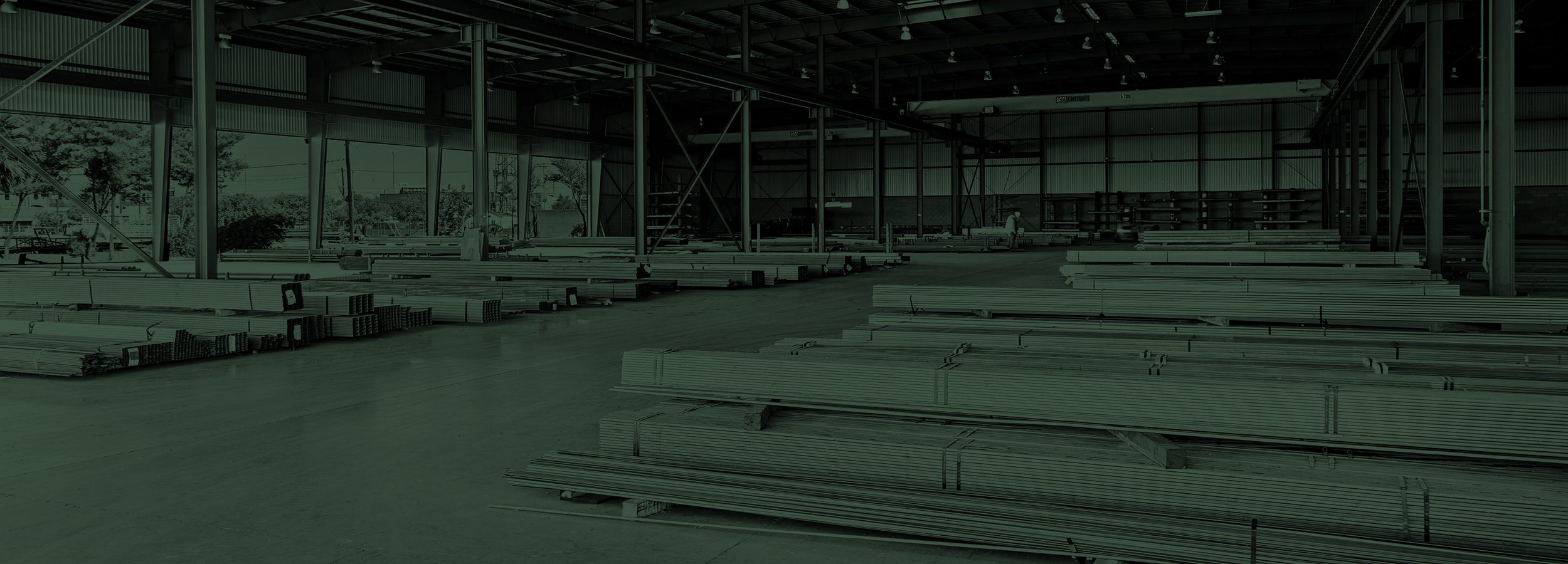What is an Alloy?

At Arizona Iron Supply in Phoenix, we want you to know about the quality items we stock and how they’re produced, so you can choose the right item for your next business endeavor or project. In this post, we will answer these common questions: “What is an alloy?” And “Why are alloys important?”
What is an Alloy?
A metal alloy is the result of combining a metal with at least one other metal or nonmetal. For example, steel is a combination of iron, a metal, and carbon a nonmetal element. The combination can be a compound or a solid solution for it to be considered an alloy. The most common way to create an alloy is by melting the components, mixing them together, and then cooling them back to room temperature, at which point they solidify.
Why are alloys used?
Certain metals (or other materials) can enhance mechanical or chemical properties of other metals. Individual pure metals have useful properties on their own, but the process of alloying attempts to combine these beneficial properties in order to create more useful metals than each individual component. For example, titanium alloys are widely used to make artificial hips, knees, and other body implants because they are strong yet lightweight, and do not cause reactions in human tissue.
Alloying elements increase several properties of the original metal, including:
- Hardness
- Durability
- Electrical conductivity
- Strength
- Corrosion resistance
- Heat resistance
- Machinability
What are Some Examples of Common Alloys?
- Steel—iron (metal) and carbon (non-metal), with small amounts of chromium, manganese, and vanadium
- Bronze—copper (metal) and tin (metal), with manganese, phosphorus, aluminum, or silicon
- Brass—copper (metal) and zinc (metal)
Substitutional vs. Interstitial Alloys
Substitutional Alloys:
- Atoms of the added component(s) can take up space that is normally occupied by atoms of the host metal because the constituent elements are near one another on the periodic table.
- Brass is a substitutional alloy formed from copper—atoms of zinc replace 10–35 % of the atoms that would normally be in the copper. Brass works well as an alloy because copper and zinc are close to one another in the periodic table and have atoms of roughly similar size.
Interstitial Alloys:
- Alloys can also form if the alloying element(s) have atoms that are much smaller than those of the primary metal. In that case, the atoms of the alloying element slip in between the atoms of the primary metal—in the gaps or interstices.
- Steel is an example of an interstitial alloy in which a relatively small number of carbon atoms move into the gaps between the huge atoms in a crystalline lattice that makes up iron.
Metal Supplier in Phoenix
At Arizona Iron Supply we supply a wide range of alloyed metals for a variety of projects. Check out our extensive inventory online or stop by our warehouse. In our next post, we will discuss the process of alloying and the chemical composition of some of the common alloying elements.
Image by Free-Photos from Pixabay




